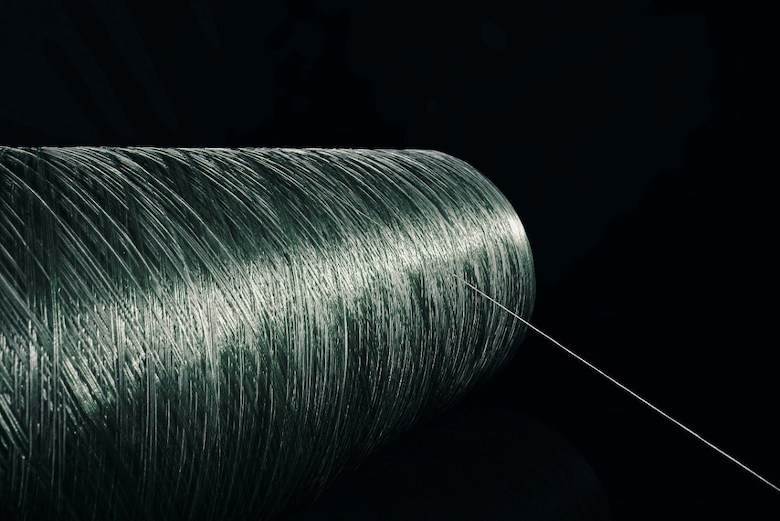EU presents strategy for sustainable and circular textiles

The European Commission presented a much-anticipated package of European Green Deal proposals on March 30. Its aim is to “make sustainable products the norm” in the European Union, boost circular business models and “empower consumers for the green transition”.
These proposals aim to put in place new rules to make “almost all physical goods in the EU market” more friendly to the environment, more circular, and energy-efficient throughout their entire lifecycle, from the design phase to daily use, repurposing and end-of-life.
They insist that consumers be better informed about the environmental sustainability of products and better protected against greenwashing.
In parallel, and specific to textiles, the Commission has also presented a new strategy, The EU Strategy for Sustainable and Circular Textiles, to make textiles more durable, repairable, reusable and recyclable, to tackle fast fashion, textile waste and the destruction of unsold textiles, and ensure there is complete respect for social rights in the production of textiles and garments.
At the core of the strategy is the insistence that, by 2030, textile products in the EU market will have to be long-lasting and recyclable. The strategy says they must be made as much as possible from recycled fibres, be free from hazardous substances and produced in keeping with commitments to respect social rights and the environment.
It promises to tackle the release of microplastics from textiles in the second half of 2022 with “the promotion of innovative materials” one of the measures the European Commission will consider.
The strategy also pledges and to ensure the accuracy of green claims. And to address fast fashion, it calls on companies to reduce the number of clothing collections they bring to market each year. It calls on EU member states to adopt favourable taxation measures for the reuse and repair sector.
“Consumers will benefit longer from high-quality textiles,” the European Commission has said. “Fast fashion must go out of fashion, and re-use and repair services should be widely available. Producers have to take responsibility for their products along the value chain, including when they become waste. In this way, the circular textiles ecosystem will thrive, driven by innovative fibre-to-fibre recycling, while the incineration and landfilling of textiles has to be reduced to the minimum.”








